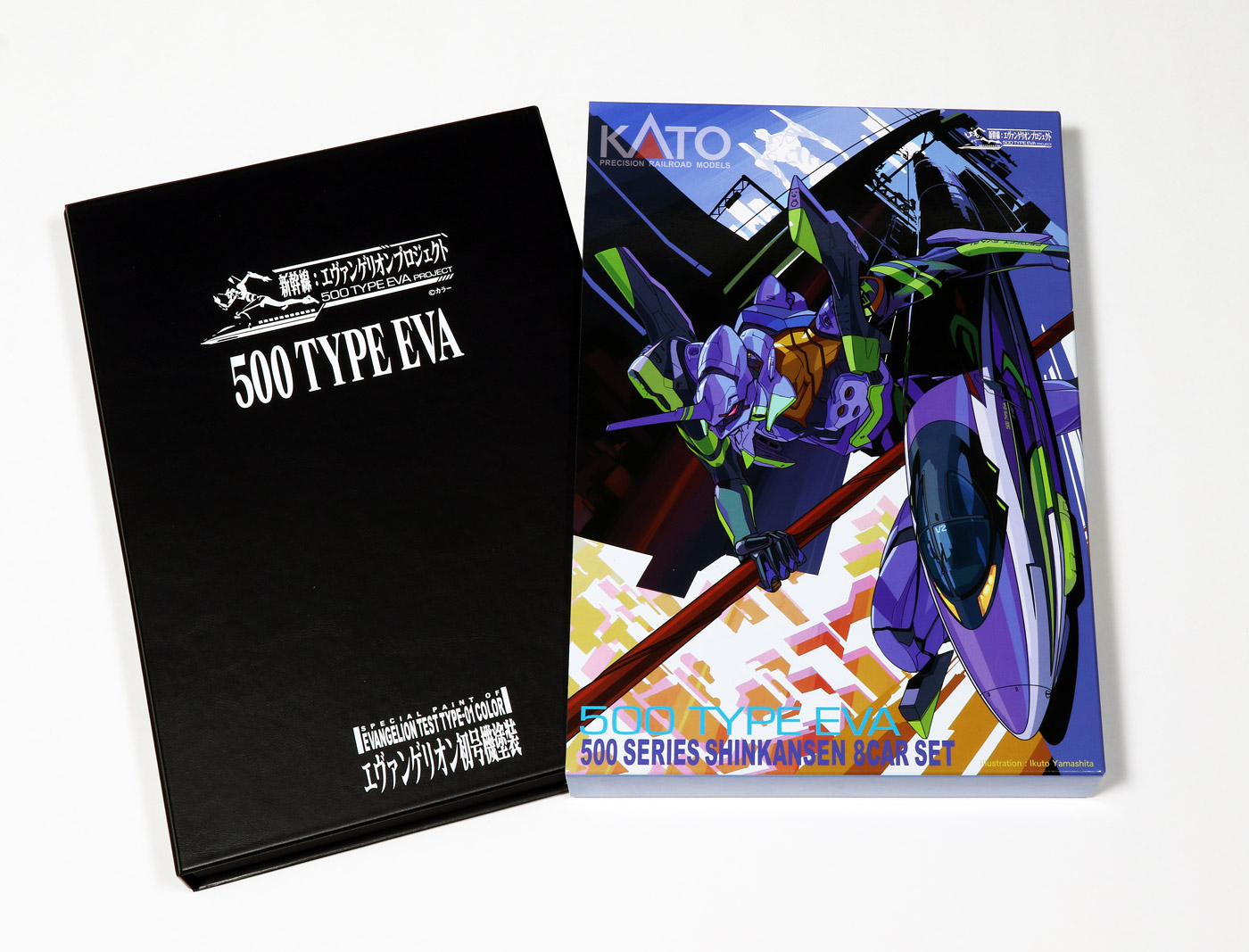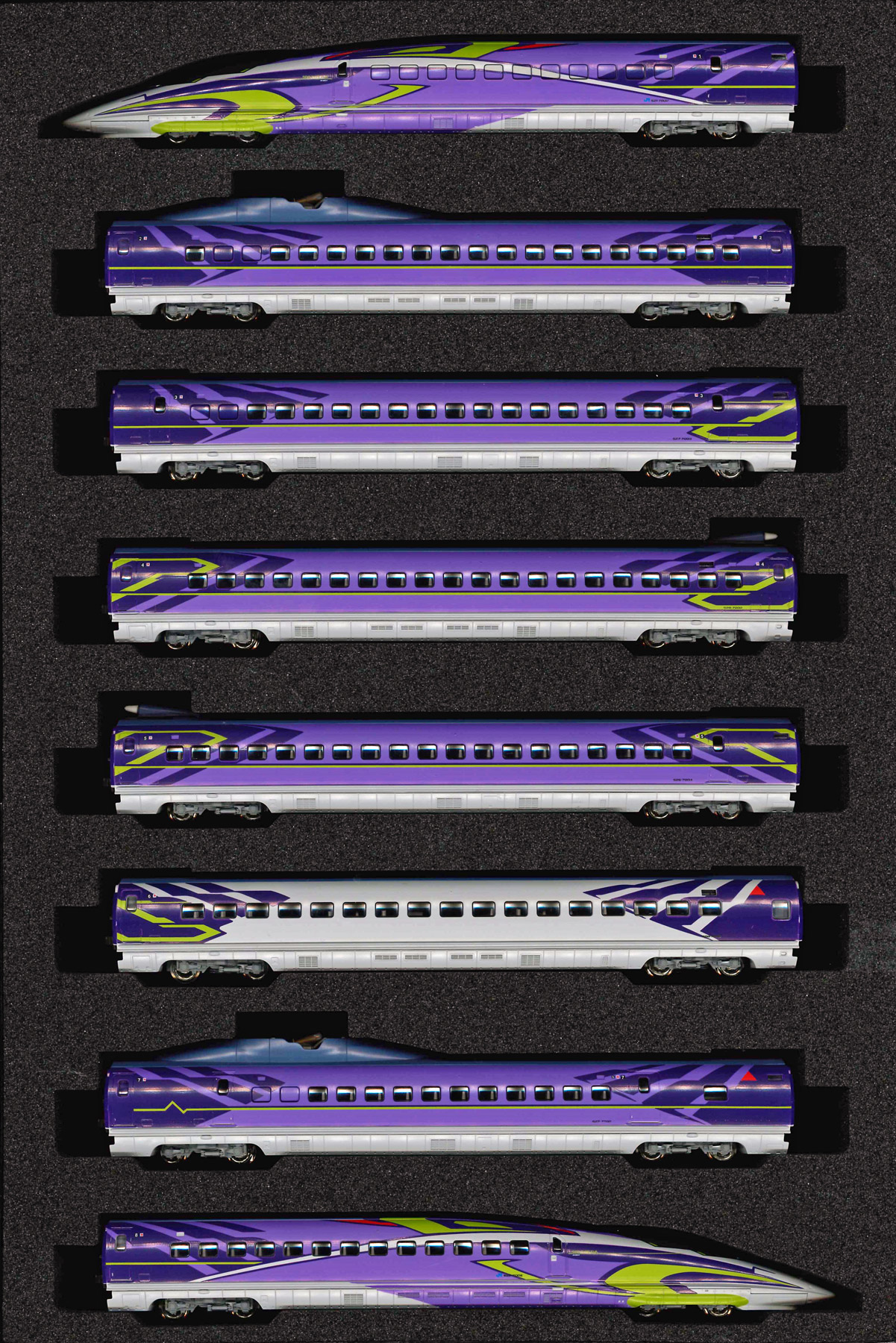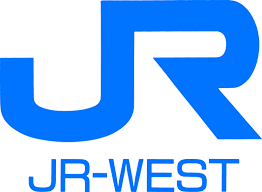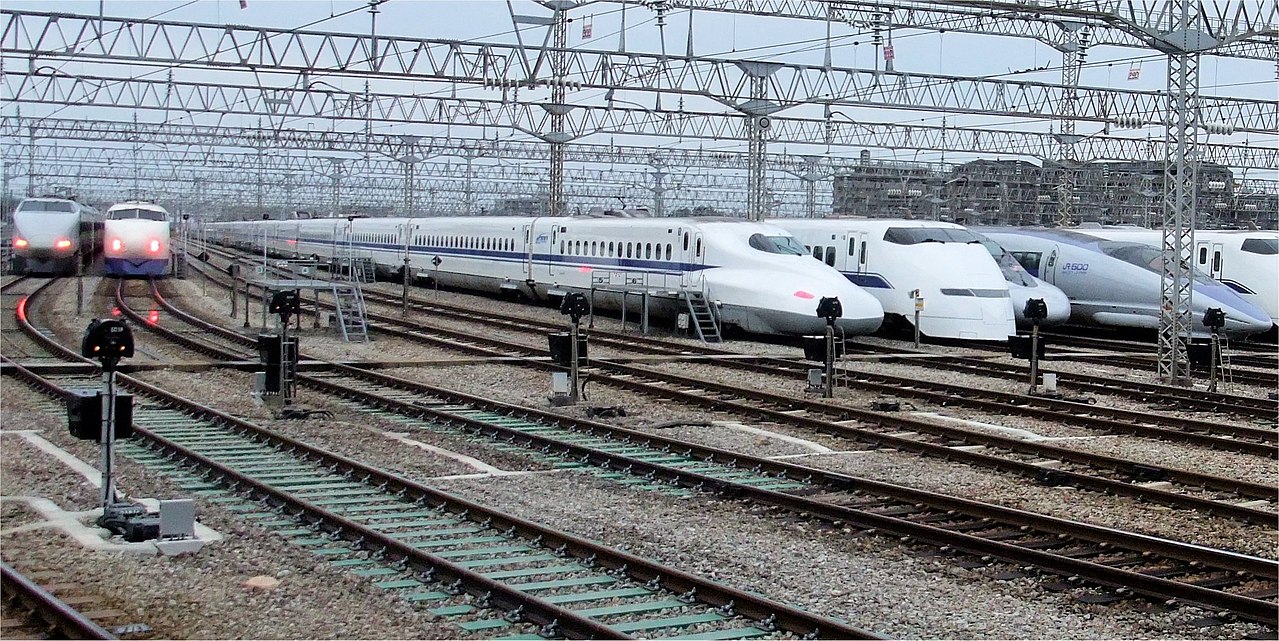Prototype History: The Shinkansen (Japanese: 新幹線, pronounced [ɕĩŋkã̠ɰ̃sẽ̞ɴ]), colloquially known in English as the bullet train, is a network of high-speed railway lines in Japan. Initially built to connect distant Japanese regions with Tokyo, the capital, in order to aid economic growth and development, beyond long-distance travel it is now also used as a commuter rail network. It is operated by five Japan Railways Group companies.
Starting with the Tōkaidō Shinkansen (615.4 km, 382.4 mi) in 1964, the network has expanded to currently consist of 2,764.6 km (1,717.8 mi) of lines with maximum speeds of 240–320 km/h (150–200 mph), 283.5 km (176.2 mi) of Mini-Shinkansen lines with a maximum speed of 130 km/h (80 mph), and 10.3 km (6.4 mi) of spur lines with Shinkansen services.[4] The network presently links most major cities on the islands of Honshu and Kyushu, and Hakodate on northern island of Hokkaido, with an extension to Sapporo under construction and scheduled to commence in March 2031. The maximum operating speed is 320 km/h (200 mph) (on a 387.5 km section of the Tōhoku Shinkansen). Test runs have reached 443 km/h (275 mph) for conventional rail in 1996, and up to a world record 603 km/h (375 mph) for maglev trains in April 2015..
From Wikipedia
Starting with the Tōkaidō Shinkansen (615.4 km, 382.4 mi) in 1964, the network has expanded to currently consist of 2,764.6 km (1,717.8 mi) of lines with maximum speeds of 240–320 km/h (150–200 mph), 283.5 km (176.2 mi) of Mini-Shinkansen lines with a maximum speed of 130 km/h (80 mph), and 10.3 km (6.4 mi) of spur lines with Shinkansen services.[4] The network presently links most major cities on the islands of Honshu and Kyushu, and Hakodate on northern island of Hokkaido, with an extension to Sapporo under construction and scheduled to commence in March 2031. The maximum operating speed is 320 km/h (200 mph) (on a 387.5 km section of the Tōhoku Shinkansen). Test runs have reached 443 km/h (275 mph) for conventional rail in 1996, and up to a world record 603 km/h (375 mph) for maglev trains in April 2015..
From Wikipedia
Road Name History: JR-West was incorporated as a business corporation (kabushiki kaisha) on April 1, 1987 as part of the breakup of government-owned Japanese National Railways (JNR). Initially, it was a wholly owned subsidiary of the JNR Settlement Corporation (JNRSC), a special company created to hold the assets of the former JNR while they were shuffled among the new JR companies.
For the first four years of its existence, JR-West leased its highest-revenue line, the Sanyō Shinkansen, from the separate Shinkansen Holding Corporation. JR-West purchased the line in October 1991 at a cost of 974.1 billion JPY (about US$7.2 billion) in long-term payable debt.
JNRSC sold 68.3% of JR-West in an initial public offering on the Tokyo Stock Exchange in October 1996. After JNRSC was dissolved in October 1998, its shares of JR-West were transferred to the government-owned Japan Railway Construction Public Corporation (JRCC), which merged into the Japan Railway Construction, Transport and Technology Agency (JRTT) as part of a bureaucratic reform package in October 2003. JRTT offered all of its shares in JR-West to the public in an international IPO in 2004, ending the era of government ownership of JR-West. JR-West is now listed on the Tokyo Stock Exchange, Nagoya Stock Exchange, Osaka Securities Exchange and the Fukuoka Stock Exchange.
From Wikipedia
For the first four years of its existence, JR-West leased its highest-revenue line, the Sanyō Shinkansen, from the separate Shinkansen Holding Corporation. JR-West purchased the line in October 1991 at a cost of 974.1 billion JPY (about US$7.2 billion) in long-term payable debt.
JNRSC sold 68.3% of JR-West in an initial public offering on the Tokyo Stock Exchange in October 1996. After JNRSC was dissolved in October 1998, its shares of JR-West were transferred to the government-owned Japan Railway Construction Public Corporation (JRCC), which merged into the Japan Railway Construction, Transport and Technology Agency (JRTT) as part of a bureaucratic reform package in October 2003. JRTT offered all of its shares in JR-West to the public in an international IPO in 2004, ending the era of government ownership of JR-West. JR-West is now listed on the Tokyo Stock Exchange, Nagoya Stock Exchange, Osaka Securities Exchange and the Fukuoka Stock Exchange.
From Wikipedia
Brand/Importer Information: Kato Precision Railroad Models (関水金属株式会社 Sekisui Kinzoku Kabushikigaisha) is a Japanese manufacturer of model railroad equipment in N and HO scales. The Tokyo-based company manufactures models based on Japanese prototypes (such as the Shinkansen bullet train) for the Japanese market, North American prototypes for the North American market and European high-speed trains for European market.
The Kato (pronounced kah-toe) model railroad companies were founded by Yuji Kato, father of current president Hiroshi Kato, of the parent company Sekisui Kinzoku Co., Ltd.
The design and distribution of models for the North American market are handled by their U.S. subsidiary, Kato USA, located in Schaumburg, Illinois.
The design of special models for the European market is handled for some of them by their partner, Lemke, whereas the general distribution of Kato products in Europe is handled by NOCH; both companies are located in Germany.
As a result, some Kato European models are sold as Kato Lemke and others as Kato (alone).
The Kato (pronounced kah-toe) model railroad companies were founded by Yuji Kato, father of current president Hiroshi Kato, of the parent company Sekisui Kinzoku Co., Ltd.
The design and distribution of models for the North American market are handled by their U.S. subsidiary, Kato USA, located in Schaumburg, Illinois.
The design of special models for the European market is handled for some of them by their partner, Lemke, whereas the general distribution of Kato products in Europe is handled by NOCH; both companies are located in Germany.
As a result, some Kato European models are sold as Kato Lemke and others as Kato (alone).
Item created by: gdm on 2016-10-05 12:57:03
If you see errors or missing data in this entry, please feel free to log in and edit it. Anyone with a Gmail account can log in instantly.
If you see errors or missing data in this entry, please feel free to log in and edit it. Anyone with a Gmail account can log in instantly.












